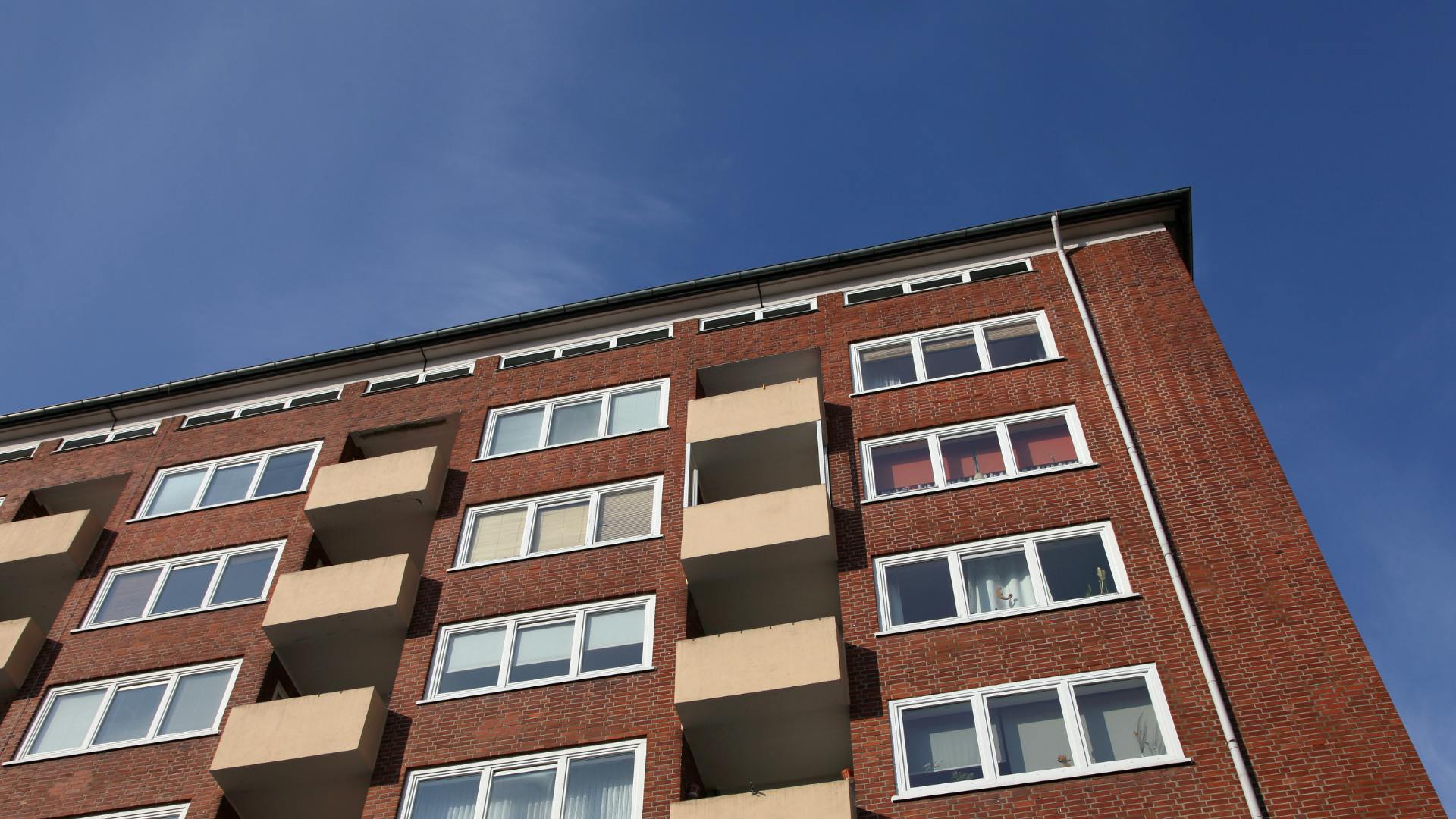How long does a remortgage take?
If you're considering remortgaging your home, one of the first questions you'll likely have is, "How long does the remortgage process take?". Let's break down the key stages, factors affecting the timeline, and some tips for speeding up the remortgage process.
In this guide
- How long does a remortgage take?
- Can you remortgage straight away?
- What is the remortgage process step by step?
- Factors that affect your remortgage process timeline:
- What is the quickest way to remortgage?
- How early should I start a remortgage?
- Is remortgaging as hard as getting a mortgage?
- Can you be refused a remortgage?
- Tips for speeding up the remortgage process
How long does a remortgage take?
On average, the process can take anywhere from 4 to 8 weeks. However, with the right preparation and resources, you could speed up the process significantly. At Tembo, for instance, our customers often receive a mortgage offer in just 8 days.
Start your remortgage today
We’ve already helped thousands discover their best mortgage options from over 100 lenders, including ways they could increase their affordability or access lower rates.
Can you remortgage straight away?
Whether you can remortgage straight away depends on several factors, including your existing mortgage terms and your financial situation. Generally, many lenders require you to wait at least six months after taking out your initial mortgage before considering a remortgage. This waiting period is often intended to ensure that you have established a payment history and that any fees associated with your current mortgage have been accounted for. However, there are exceptions; for instance, if you're currently on a standard variable rate mortgage or your circumstances have changed significantly, it may be possible to remortgage sooner.
Always consult an expert mortgage advisor to explore your specific options and find the best option for your needs.
What is the remortgage process step by step?
1. Finding a new mortgage deal
The first step is to find a new mortgage deal to move to. This can be done either with your current provider (technically called a product transfer) or by switching to a new lender. Typically, you can 'lock in' a new mortgage deal 3-6 months before your current deal ends, so you can move automatically from one to the other.
Researching and comparing deals from across the market will help you find the best terms and rates for you well ahead of your deal end date. Remember that not everyone is eligible for every mortgage deal out there. Our smart technology compares your eligibility to over 20,000 mortgages to generate a personalised remortgage recommendation in minutes. You can see the best remortgage options for you, including if you should stay with your current provider or make the switch.
We also offer a rate review service so our customers can benefit from lender rate drops while they are waiting to exchange. If you’ve already locked in a deal through us, and mortgage rates go down, simply get in touch with us and we can re-apply for you - so you can benefit from the lower rates.
2. Applying for your new mortgage deal
Once you've selected a mortgage deal, the next step is to apply. If you're working with a mortgage broker, they will handle most of the application process for you, making it significantly easier and faster.
3. Move onto your new deal
When your current fixed-rate deal ends, you'll automatically move on to your new mortgage deal. This transition should be seamless if everything has been processed correctly.
Factors that affect your remortgage process timeline:
There are several factors that can affect how long your remortgaging process takes:
- Application rejection: If your mortgage application is rejected, you'll have to reapply, which can significantly delay the process.
- Complex affordability: If you have multiple income sources, are self-employed, have credit issues or your situation has changed significantly since you first applied for a mortgage, the lender might take longer to assess your application.
- When your fixed-rate deal ends: How close you are to the end of your current fixed-rate deal can also impact the timeline. It's generally advisable to start the process a few months before your current deal ends. That way, when your fixed-rate deal ends you can move on to a new deal automatically. If you move onto a new deal before your current mortgage deal ends, you may have to pay an early repayment charge (ERC).
What is the quickest way to remortgage?
The quickest way to remortgage typically involves using a mortgage broker who can streamline the process by providing access to multiple lenders (at Tembo we have access to over 100!) and competitive deals as well as helping with your remortgage application. You can also help speed up the process by gathering all necessary documentation upfront, including proof of income, bank statements, and any outstanding loan information. This preparation minimises delays during the application process. Staying organised and responsive throughout the process will also help ensure that everything moves along smoothly and quickly.
A product transfer with your current lender is often quicker than moving to a new lender, as you won't go through full affordability checks. But remember that staying with your current lender could see you missing out on the best rates available on the market from other providers.
How early should I start a remortgage?
It's a good idea to start the remortgaging process 3-6 months before your current fixed-rate deal ends. This timeframe allows ample opportunity to conduct thorough research on the mortgage products available to you. Plus, starting early not only helps avoid any last-minute complications but also ensures you have time to address any potential issues that may arise during the application process.
Is remortgaging as hard as getting a mortgage?
Remortgaging is generally less complex than obtaining a new mortgage, but it can still pose challenges. The primary difference lies in the fact that when you remortgage, you are already a homeowner with an existing mortgage, which means you have a track record that lenders can evaluate. However, if your financial situation has changed significantly since you first took out your mortgage, it can complicate matters. Factors such as changes in income, credit score, or debt levels can influence your ability to secure a favourable remortgage deal. Overall, while the process may be more straightforward, it still requires careful consideration and preparation.
This is where working with a trusted mortgage broker can be helpful, as they will be by your side through the entire process; from finding the best remortgage deal for you to submitting your application.
Can you be refused a remortgage?
Yes, it is possible to be refused a remortgage. Lenders assess various factors to determine your eligibility, including your credit score, income, current debts, and overall financial stability. If your credit history has significantly worsened since your initial mortgage, or if your financial situation has changed—such as a decrease in income or an increase in debt—lenders may view you as a higher risk.
If the value of your property has declined, this could also impact your chances of securing a remortgage.
As much as possible, address any potential issues before applying such as taking steps to improve your credit score. That way, you can help present yourself as a reliable borrower when it comes to remortgaging.
Tips for speeding up the remortgage process
1. Start early
Begin researching your options and preparing your application well in advance of your current fixed-rate deal ending. This will give you ample time to address any issues that may arise and ensure a smooth transition to your new mortgage deal.
2. Work with a mortgage broker
A mortgage broker like our award-winning team specialises in finding the best deals from across the market, including mortgage lenders and affordability-boosting schemes you might not have heard of or be able to access. A broker will also handle the admin side of the remortgaging process, which can help significantly speed up the process by ensuring that your application is complete and submitted promptly.
3. Get your documents ready
Having all your documents, such as bank statements and payslips, ready can make the application process much quicker. This allows your broker to submit your application without unnecessary delays.
Ready to get started?
Discover the best remortgage options for you by creating a free Tembo recommendation. Then, book in a free, non-obligation call with one of our expert mortgage advisors to talk through your options.




